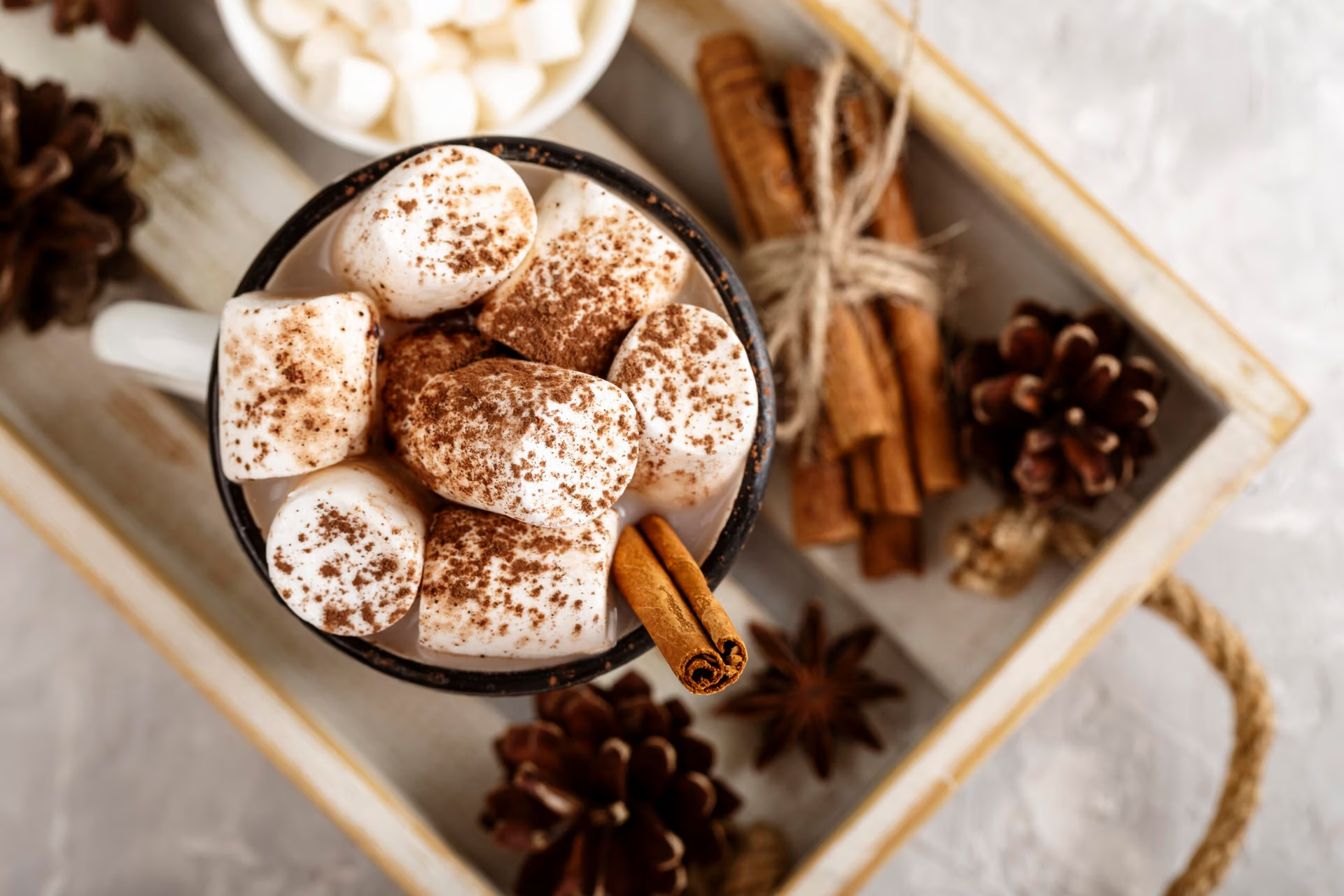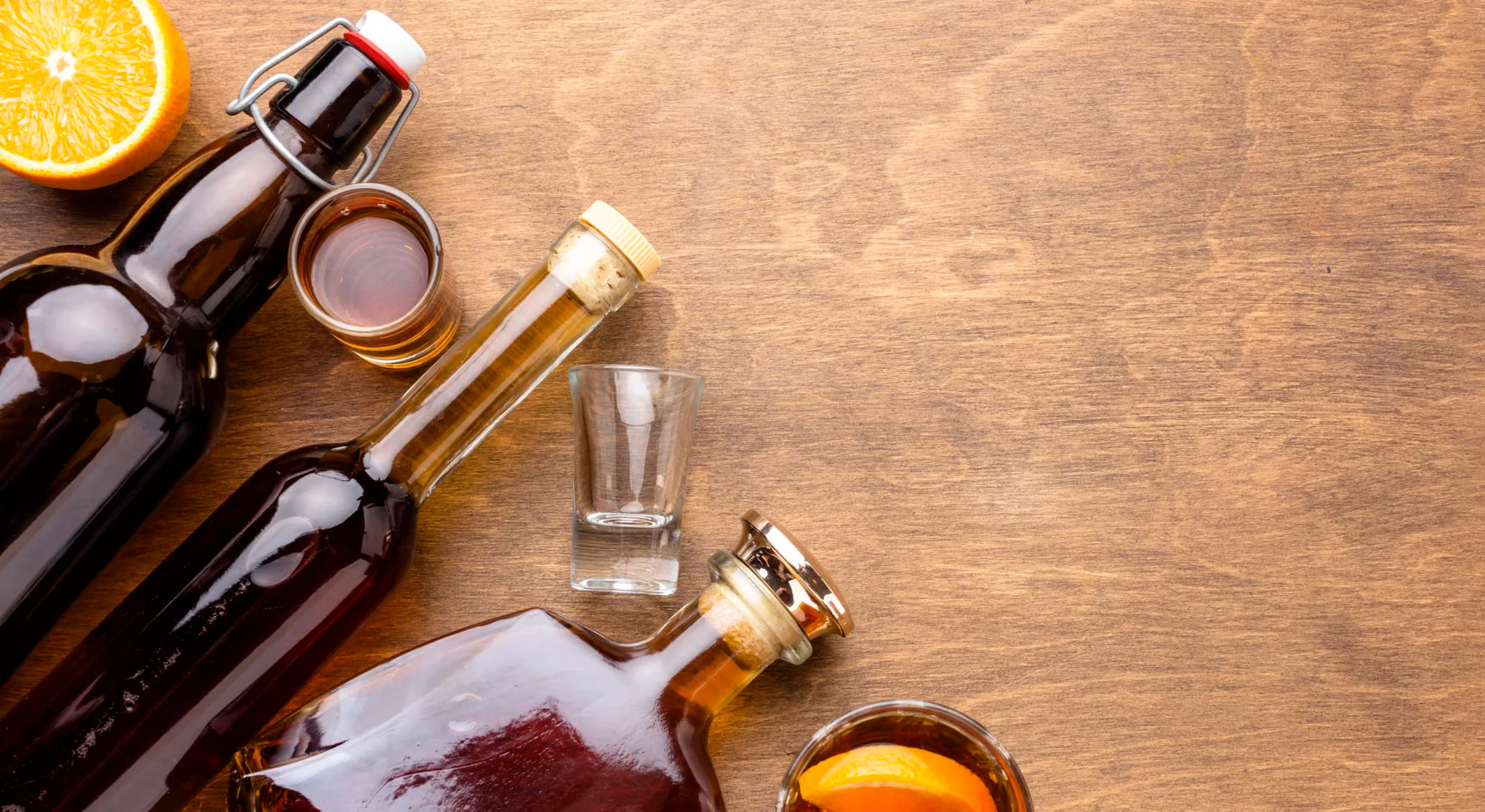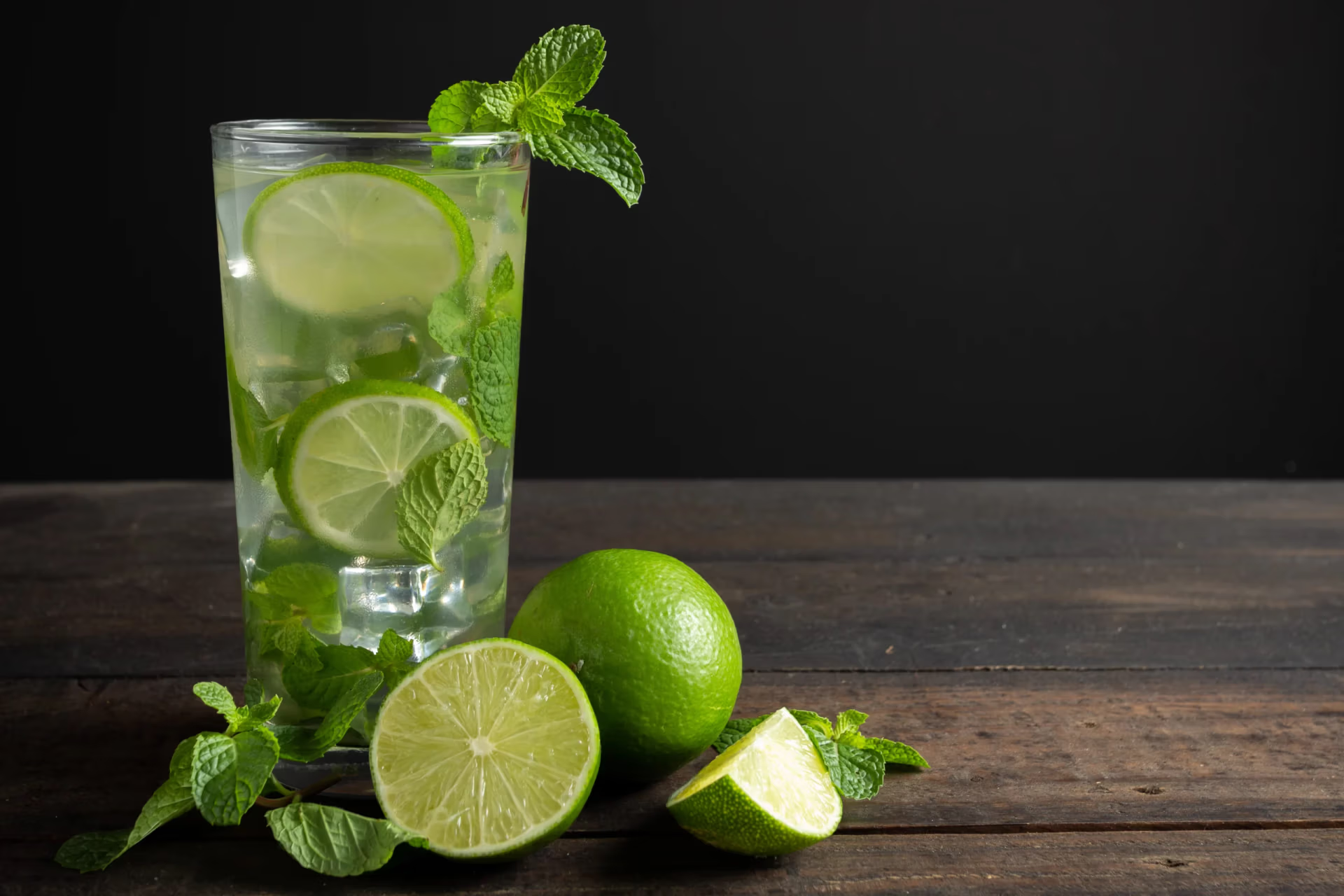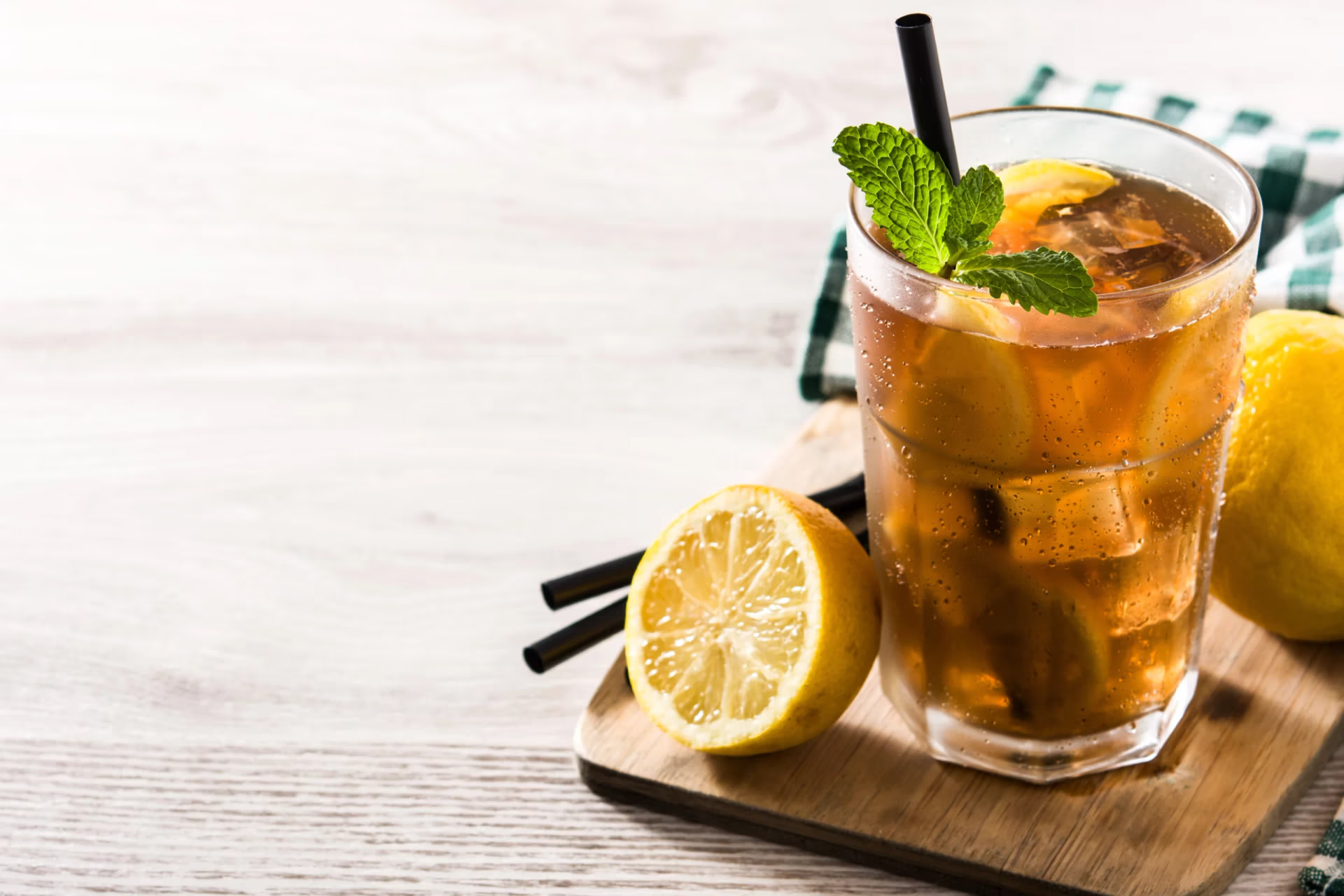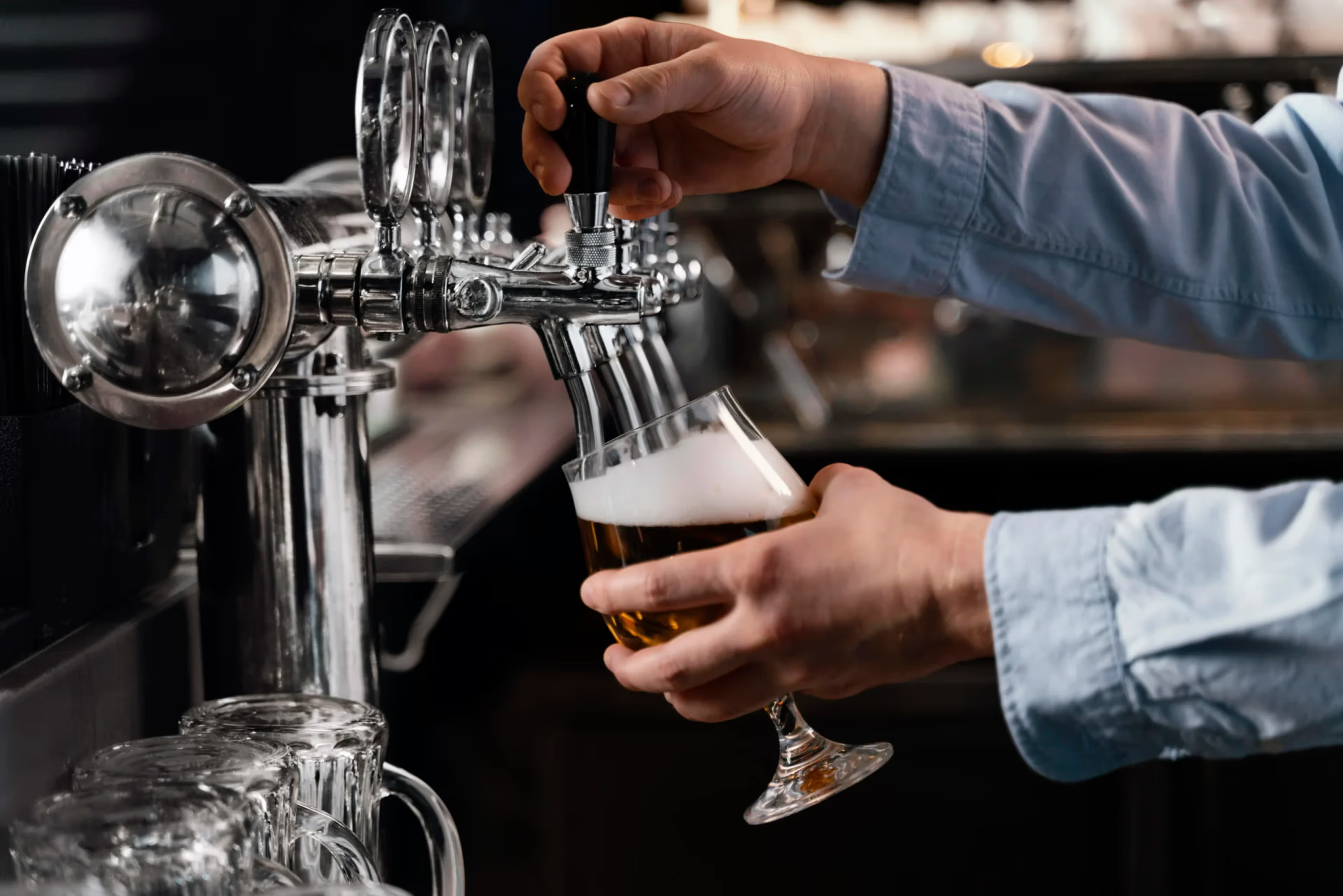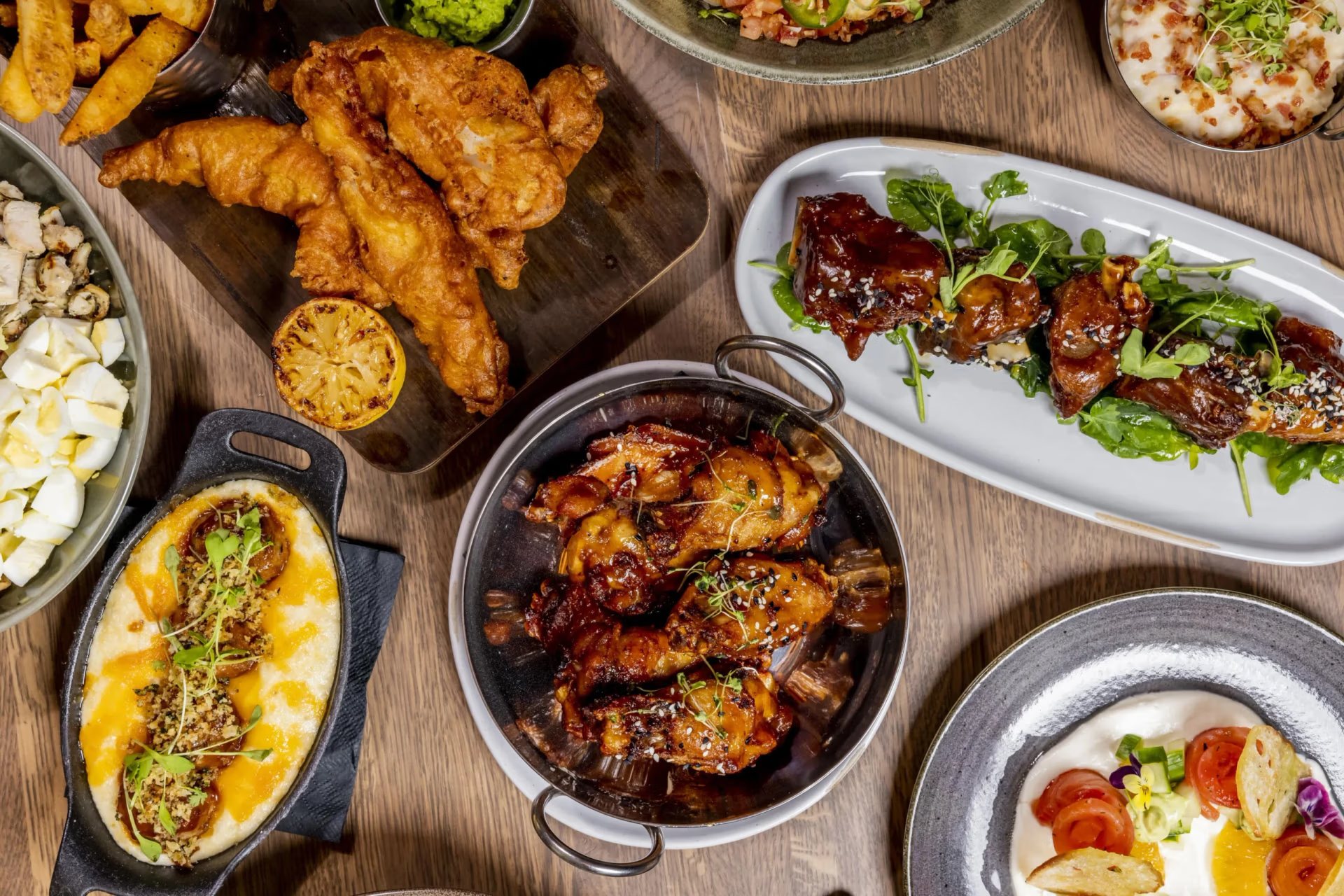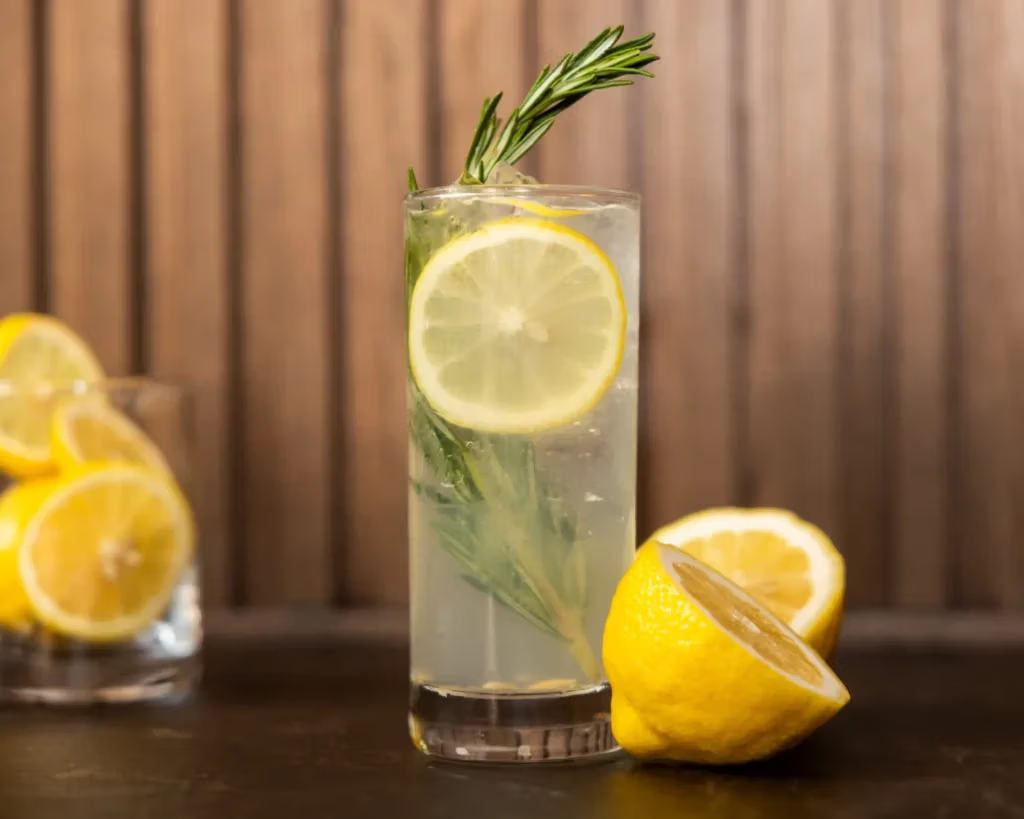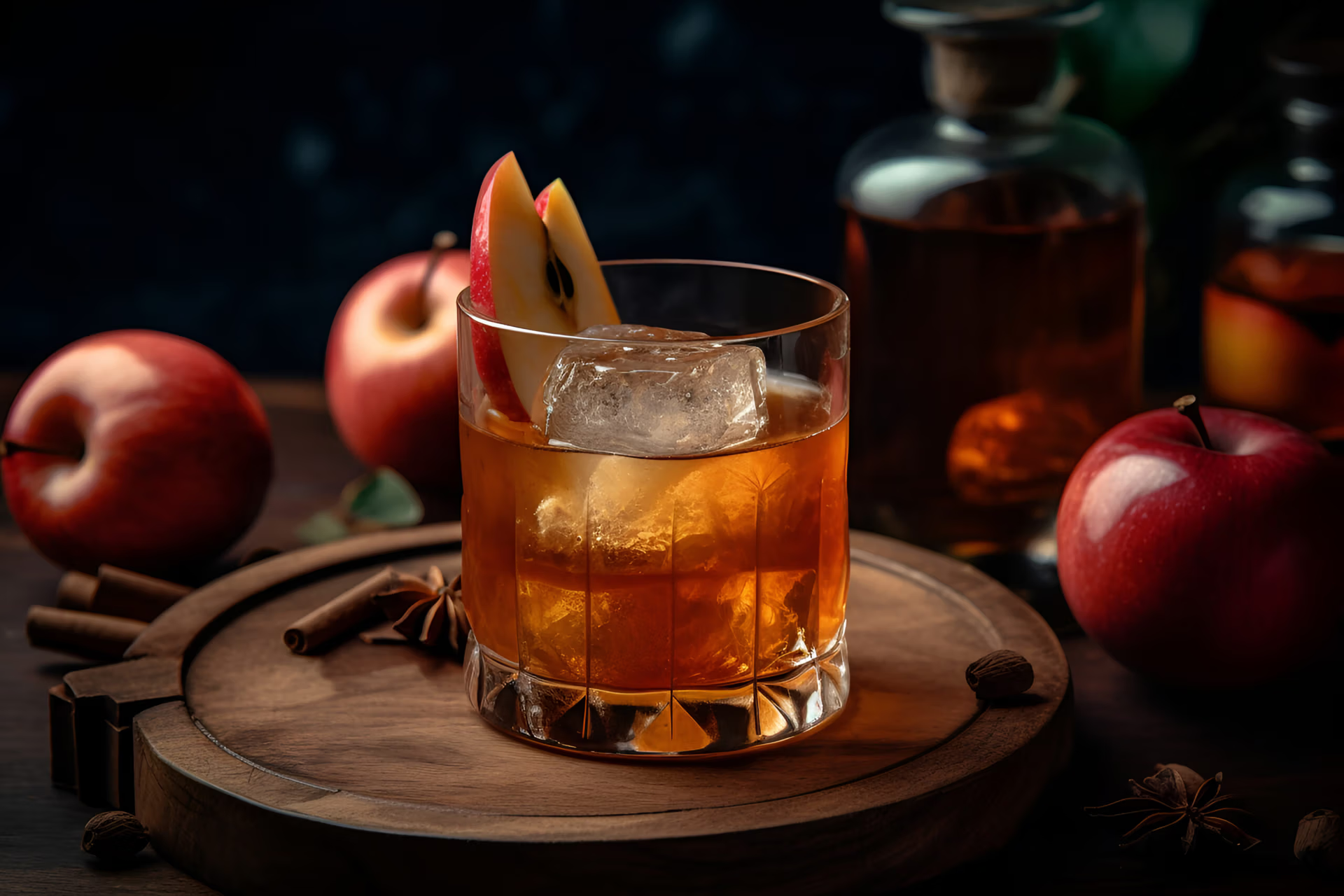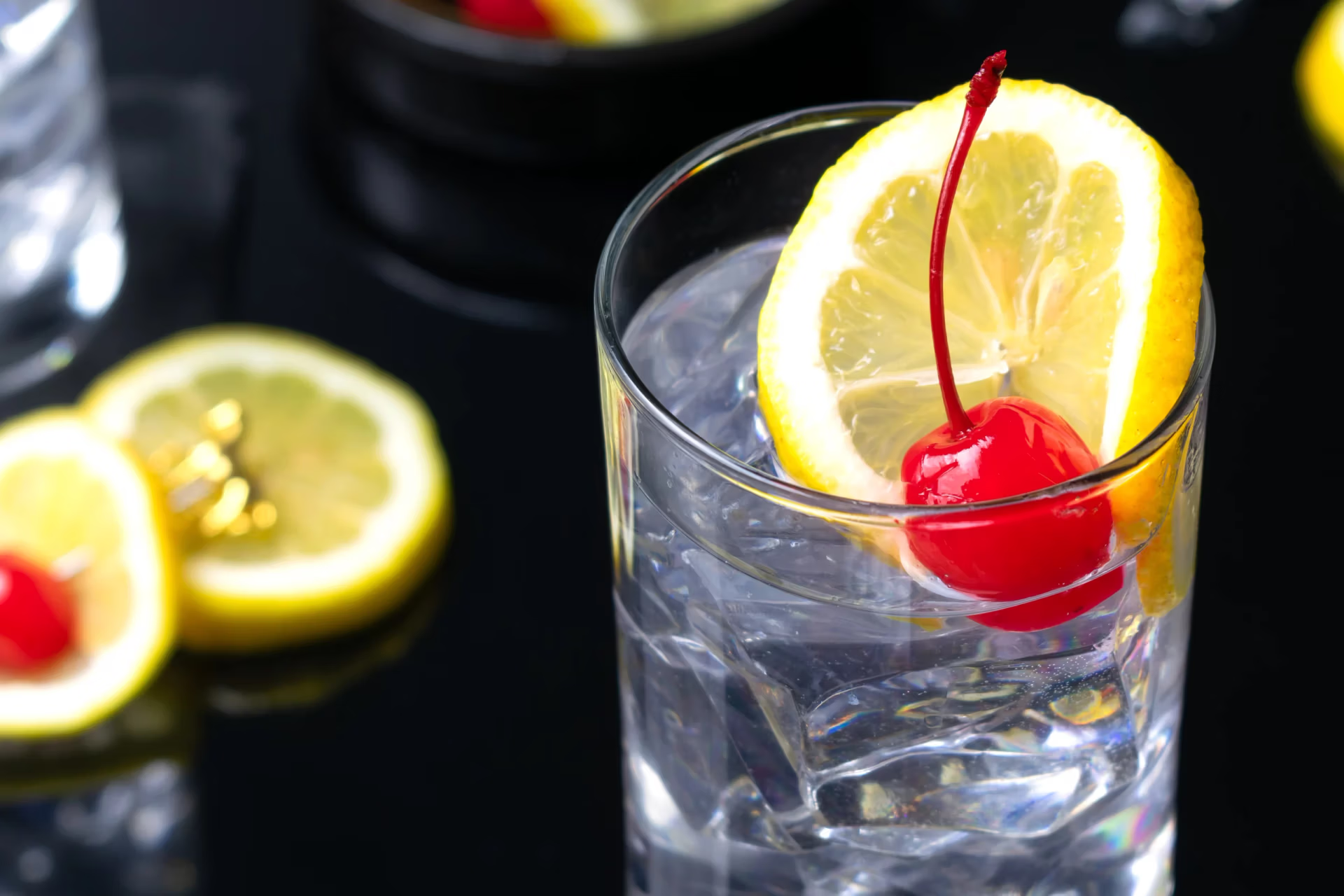There’s something timeless about a perfectly poured pint — the gentle hiss of carbonation, the cascading bubbles settling into a creamy head, and that first satisfying sip. Whether you’re a seasoned bartender or a casual beer lover, understanding the art and science behind pouring traditions can transform your drinking experience from ordinary to exceptional.
The History Behind the Perfect Pour
Beer pouring has been a craft for centuries, with each region refining its own traditions. From the pubs of Dublin’s St. James’s Gate — home to the iconic Guinness — to the beer gardens of Bavaria, the way a pint is served says as much about culture as it does about taste.
In Europe, pouring is a ritual. The British emphasize a steady hand for a full-bodied ale, while the Belgians often pour in stages, allowing the foam to settle and aromas to bloom. These customs aren’t just about presentation; they’re about enhancing flavor and preserving integrity.
Why Pouring Technique Matters
Pouring a pint isn’t just about filling a glass — it’s about activating the beer. The right technique releases carbonation and aroma, allowing the drinker to experience the full spectrum of taste.
-
Too gentle a pour, and your beer stays overly carbonated, masking flavor.
-
Too aggressive a pour, and you lose the fizz too fast.
The perfect pour balances both. For instance, lagers should be poured at a 45-degree angle, transitioning to upright halfway through to form a one-inch head. Stouts, on the other hand, benefit from a slower, two-part pour — as any Guinness connoisseur knows.
For a deeper look into technique, check out Cicerone’s Guide to Beer Service, an excellent resource for anyone serious about mastering the craft.

Tools of the Trade
Behind every flawless pint is the right equipment. Clean glassware is essential — any residue or detergent can ruin foam retention. Tap systems should be regularly maintained to ensure consistency in temperature and pressure.
Explore the Brewers Association Draft Beer Quality Manual for detailed insights into maintaining a top-tier draft system.
Additionally, glass shape matters. A tulip glass enhances aroma for IPAs, while a nonic pint keeps British ales tasting their best. Each design is meant to complement a beer’s carbonation and flavor profile.
Regional Pouring Styles Around the World
Different cultures take pride in their signature pour:
Ireland: The two-part Guinness pour, resting before the second fill.
Czech Republic: The “Hladinka” pour, where foam first enters the glass to seal in freshness.
Japan: The three-pour Asahi method, designed to produce microfoam for smoothness.
Belgium: The theatrical ritual involving a beer chalice, coaster, and sometimes even a beer knife for trimming foam.
Learn more about these fascinating traditions from Beer Advocate’s Global Pouring Guide.
Perfecting Your Pour at Home
You don’t need a pub setup to pour like a pro. Start by chilling your glass slightly (not frosty), tilt it 45 degrees, and pour smoothly down the side until halfway full. Then, straighten the glass and top it off slowly, allowing a nice head to form.
Remember: patience equals perfection. Great pours take practice, and every beer deserves the respect of a careful hand. To explore home bar essentials, browse Homebrewers Association’s Tips for Serving Beer.
Final Thoughts
The perfect pint is both an art and a science — a balance of chemistry, tradition, and respect for craftsmanship. Whether you’re pouring a crisp pilsner or a creamy stout, every glass tells a story rooted in centuries of brewing heritage. So next time you raise your pint, take a moment to appreciate the care that went into every pour — and maybe, master the art yourself.

